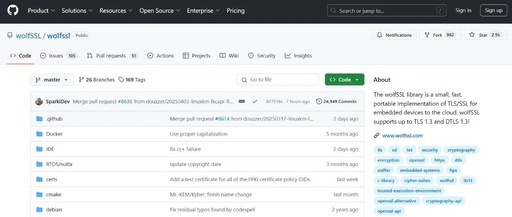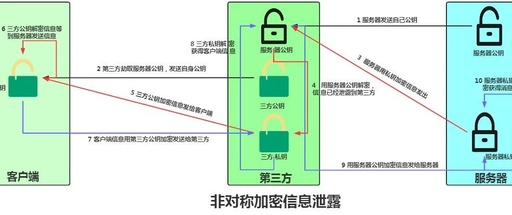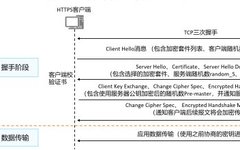Configuring Nginx to Support HTTP/2 with Basic Optimization
With the rapid development of the internet, HTTP/2 has become the standard protocol for modern website optimization. Compared to HTTP/1.1, HTTP/2 introduces features such as multiplexing, header compression, and server push, which can significantly improve webpage loading speed, especially for resource-intensive websites. This article will detail how to enable HTTP/2 support on Nginx and perform … Read more









